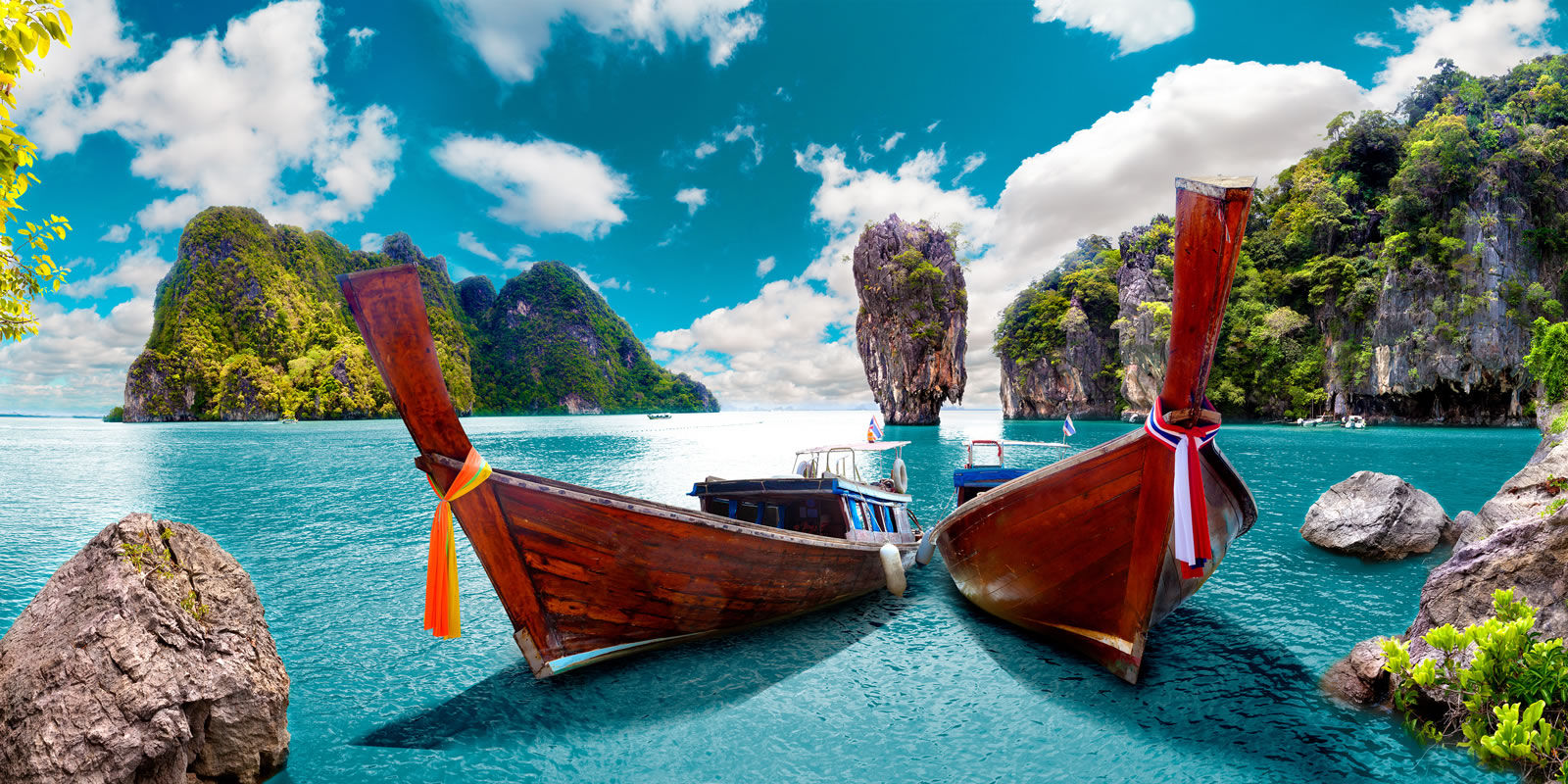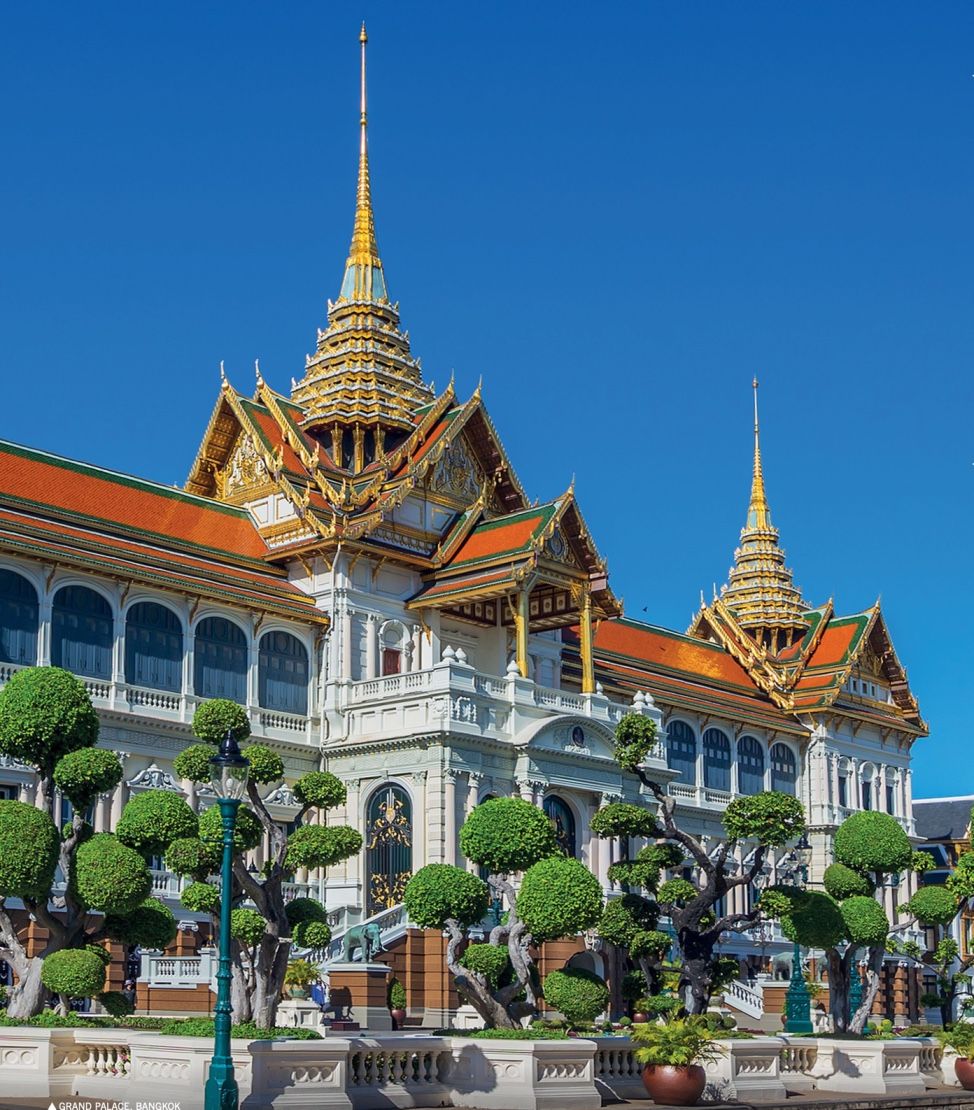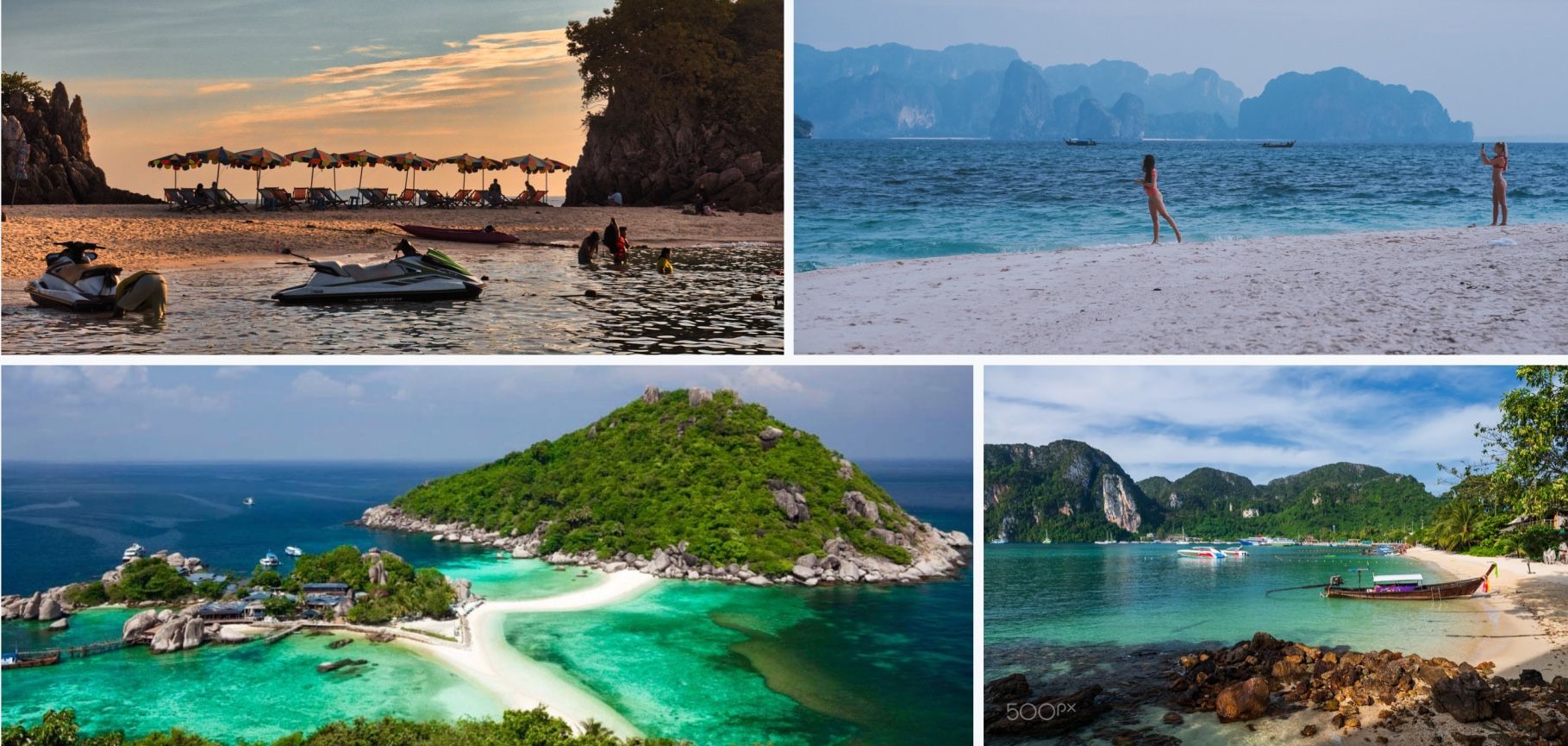When's the Best Time to Visit Thailand?
Best time to visit most of Thailand is between November and late February, because it rains the least and it is not too hot and temperatures range from 29°C to 34°C. This period is also Thailand’s main season for festivals, like Loi Krathong.
Thailand’s peak tourist season runs from November to late March, with secondary peaks in July and August. If you want to avoid crowds and take advantage of discounted room rates in most of resorts and hotels, so for best time of year to visit thailand consider travelling during the least crowded months (typically April to June, September and October).
Northeastern and central Thailand, on the other hand, are best avoided from March to May, when temperatures may climb over 40°C. Because temperatures are more even year-round in the south (because it’s closer to the equator), the beaches and islands of southern Thailand are a good choice for respite when the rest of Thailand is miserably hot.
Although the rainy season (roughly July to October) gets a bad reputation, there are some bonuses: temperatures tend to be cooler, tourists are fewer and the landscape is lush and green. Depending on the region and the month, the rains might be hour-long downpours in the afternoon. October, however, tends to be the wettest month.
Looking for Holidays to Thailand? Find the best packages today! At first build your own perfect holiday plan by booking best resorts and tours that cover wherever you wish to visit. In addition, find discounts on the Best Thailand Tour Packages

Here's How to Choose the Best Month to Visit Thailand by Month
Different region has its own distinct season and climate -There is not a single best time for traveling to Thailand.
Thailand’s Main Travel Seasons
- High Season: November to March
- Shoulder Seasons: April to June and the month of October
- Low Season: July to September
Best Time to Visit Bangkok and Northern Thailand
Travelers first and foremost question is when to visit Bangkok and northern Thailand? At the centre of the flat, humid Mae Nam Chao Phraya delta, Bangkok sits at the same latitude as Khartoum and Guatemala City, and can be as hot as the former and as wet as the latter.
Recommended time to visit Bangkok
In Bangkok, the southwest monsoon arrives between May and July and lasts into November. This is followed by a dry period from around November to May, which begins with lower relative temperatures until mid-February (because of the influence of the northeast monsoon, which bypasses this part of Thailand but results in cool breezes), followed by much higher relative temperatures from March to May. It usually rains most during August and September, though floods in early October may find you in hip-deep water in certain parts of the city. An umbrella can be invaluable – a raincoat will just make you hot.
Best time to visit Chiang Mai
Chiang Mai has much the same climate as adjacent provinces in the north. Most visitors will find the weather is most enjoyable from November to mid-February, when temperatures are mild and rain is scarce. During the cool season (December to February), temperatures can warrant a jacket or pullover at night, particularly at higher elevations.
Hot Season in Chiang Mai Thailand
The hot season (March to May) can be brutal in Chiang Mai, although temperatures don’t burst the thermometer as much as they do in Lampang or in northeastern Thailand. You’ll find some relief from the heat (and to a lesser extent, the smoke) at the cooler elevations of Chiang Dao and Doi Inthanon, or anywhere else where you can get above the Mae Ping plains.
The annual monsoons are generally lighter in Chiang Mai than in central or southern Thailand, lasting from June to October, and rarely into November. Chiang Mai city can flood when rains are unusually heavy.
The burning season in Chiang Mai & north

Best Time to Visit Southern Thailand & Beaches
The best season to visit the Thailand’s group of Samui islands is during the hot and dry season, from February to late June. From July to October (southwest monsoon) it can rain on and off, and from October to January (northeast monsoon) there are sometimes strong winds. However, many travellers have reported fine weather (and fewer crowds) in September and October. November tends to receive some of the rain that affects the east coast of Malaysia.
The Best Season for Phuket & West Andaman Coast





